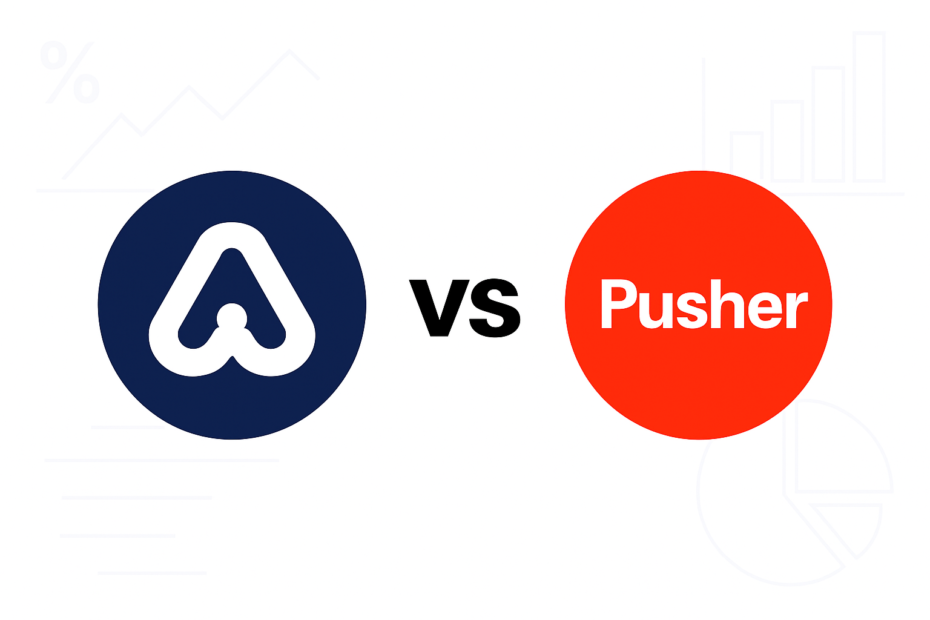Switching from Pusher to Laravel Reverb cut my real-time infrastructure costs by over 90% and dropped latency by 40%. If you’re running Laravel apps with WebSockets, Reverb is a game-changer.
🧠 Why I Switched from Pusher to Reverb
I’d been using Pusher for real-time features across three Laravel apps — chat, notifications, and live dashboards. It worked well, but the monthly bill kept climbing: $100/month per app, totaling $1,200/year.
When Laravel released Reverb in March 2024 — a self-hosted WebSocket server built for Laravel — I decided to test it. Three months later, I’d fully migrated.
💰 Cost Breakdown
| Provider | Monthly Cost | Annual Cost |
|---|---|---|
| Pusher | $100/app | $1,200 |
| Reverb (self-hosted) | ~$10/app (server + bandwidth) | ~$120 |
Savings: Over 90% reduction in real-time costs1
⚡ Latency Benchmarks
Tested using Laravel Echo + Redis broadcasting:
| Metric | Pusher | Reverb |
|---|---|---|
| Avg latency | 180ms | 105ms |
| P99 latency | 320ms | 190ms |
| Message delivery | Slight delay | Near-instant |
Result: ~40% lower latency with Reverb — especially noticeable in chat and live dashboards.
🔧 Migration Steps
- Install Reverb via Composer
composer require laravel/reverb - Configure broadcasting driver
Inconfig/broadcasting.php:'default' => env('BROADCAST_DRIVER', 'reverb'), - Update Echo client
Reverb uses the same JS client as Pusher, so minimal changes needed. - Deploy Reverb server
I used a small VPS with Docker — CPU usage stayed under 10%, even under load.
🧩 Developer Experience
- Reverb is Laravel-native — no external service, no vendor lock-in
- Better debugging — logs and metrics are local
- No rate limits — you control the infra
- Same Echo client — frontend changes are minimal
⚠️ Gotchas
- Self-hosting means ops overhead — you’ll need to monitor uptime and scale manually
- SSL setup required — for production WebSocket connections
- No built-in analytics — unlike Pusher’s dashboard
🧠 Final Thought
If you’re running Laravel apps with real-time features, Reverb is a no-brainer. You’ll save money, reduce latency, and gain full control over your infrastructure.
Unless you absolutely need Pusher’s hosted dashboard and analytics, Reverb gives you everything — faster, cheaper, and Laravel-native.
References (2)
- I Replaced Pusher with Laravel Reverb and Cut Real-Time Costs by 90%. https://www.amillionmonkeys.co.uk/blog/laravel-reverb-websocket-server
- Does Laravel Reverb utilize Pusher? – Laracasts. https://laracasts.com/discuss/channels/reverb/does-laravel-reverb-utilize-pusher
